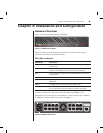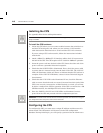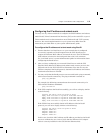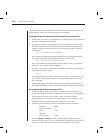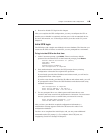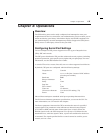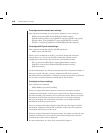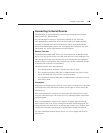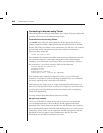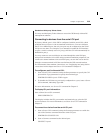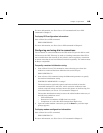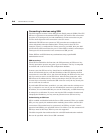
Chapter 3: Operations 17
Chapter 3: Operations
Overview
The CPS and its ports can be easily configured and managed to meet your
requirements for device connection, user authentication, access control, power
status monitoring, port history information display and SNMP compliance for
use with third-party network management products. Support for SSH (Secure
Shell) access via third-party clients is also provided.
Configuring Serial Port Settings
You can configure a CPS port to support one of two types of target devices
(TDs): SPC and console.
The SPC power distribution TD provides enhanced security options, including
password protection, port-specific access rights and port groupings. For more
information, see the SPC Installer/User Guide.
A console TD can be a router, firewall, server or other supported serial device.
By default, CPS ports are configured with the following settings.
Target device Console
Name xx-xx-xx Pn (last 3 octets of MAC address
plus the port number)
Baud rate 9600
Bits per character 8
Parity None
Stop bits 1
Flow control None
Time-out 15 minutes
CLI access character Use Server CLI setting (^D)
Power None
Most of these settings are standard serial port operating characteristics.
The CLI access character parameter specifies how you access the CLI. For
more information, see CLI mode in this chapter.
The Power parameter instructs the CPS to monitor the state of a specified
control signal. The parameter value indicates an inbound control signal
(CTS, DCD or DSR) and the state of that signal (low or high). When the
defined signal is true, the CPS interprets it as a power on condition for the
attached device; when the signal is false, a power off condition for the device
is assumed. The signal specified for flow control cannot be used for power
control, and vice versa.



